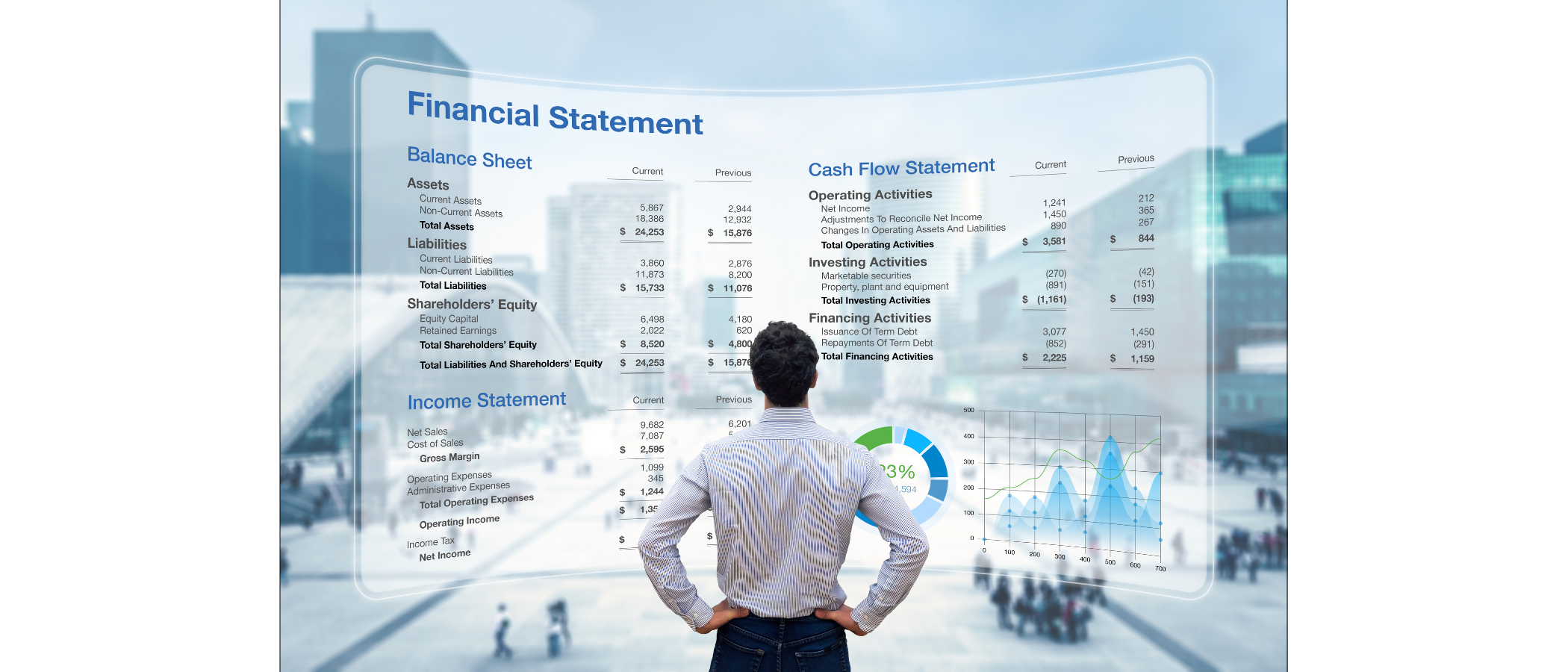If you’re running a small-scale or home-based business, this quick guide is for you. Financial statements aren’t just about paperwork or compliance—they’re practical tools that reveal your company’s true financial health and highlight where your efforts will make the biggest impact. Below, we’ll walk through the fundamentals for 2025 to help you stay on top of shifting regulations and an evolving economy.
The Three Key Financial Statements
1. Balance Sheet: Your Financial Snapshot
Think of the balance sheet as a snapshot of your company’s finances at a specific point in time. It follows a simple equation:
Assets = Liabilities + Equity
- Assets: Everything you own or control, usually split into:
- Current assets: Cash, accounts receivable, and inventory.
- Long-term assets: Items held for more than a year, such as equipment, real estate, or intellectual property.
